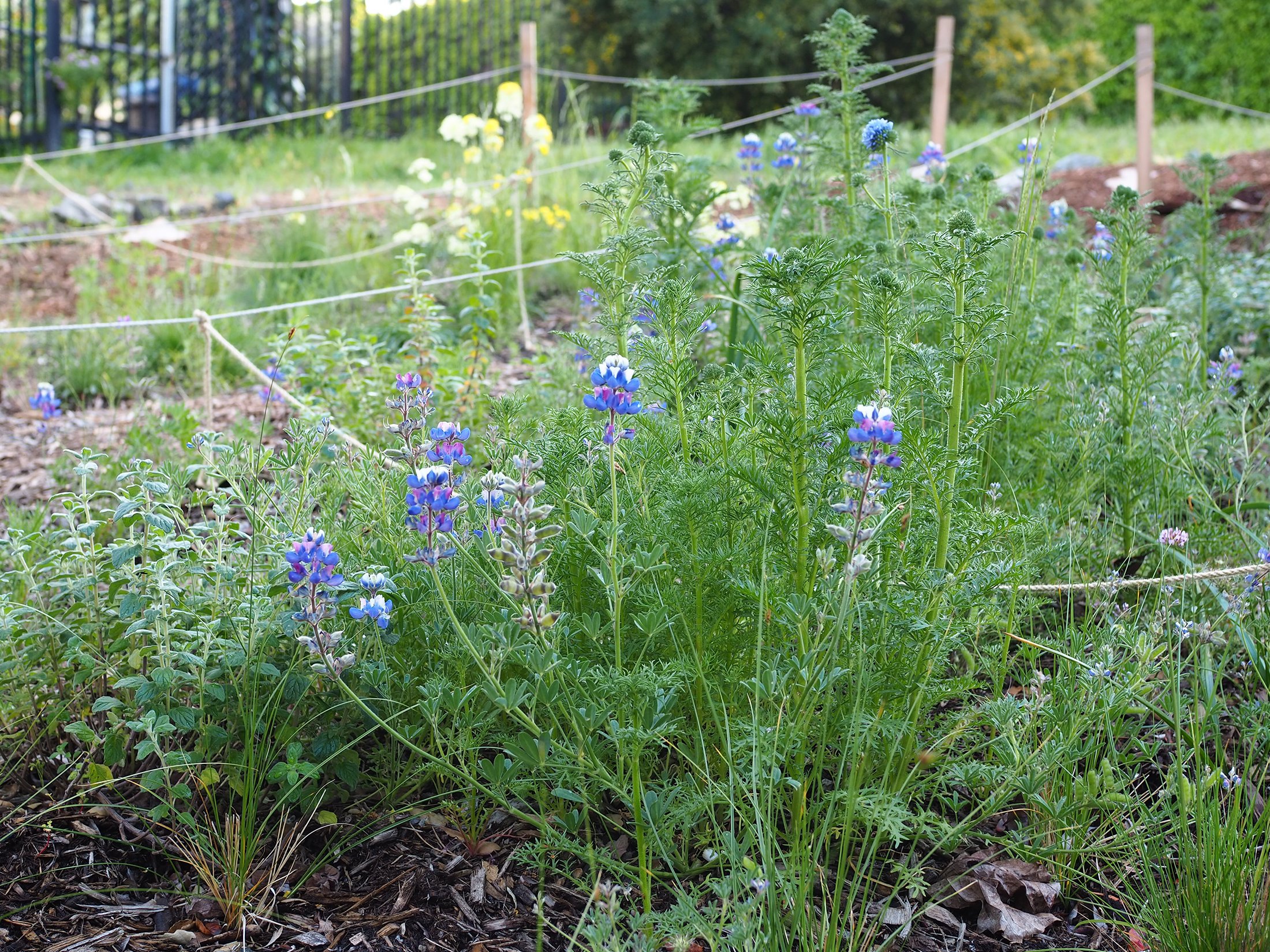

Contributor
- Topics: Archive
 Back in my day we didn’t have step-by-step, everything-you-need-to-know books about vegetable gardens. Oh, no. Failure was our guide. We set our gardens against the north side of the house, seeded radishes directly into herbicide-soaked sod, and planted garlic in June, but that’s the way we liked it. For one thing, we didn’t spend our short, precious Northwest summers harvesting; there was nothing to harvest. And we lost weight.
Back in my day we didn’t have step-by-step, everything-you-need-to-know books about vegetable gardens. Oh, no. Failure was our guide. We set our gardens against the north side of the house, seeded radishes directly into herbicide-soaked sod, and planted garlic in June, but that’s the way we liked it. For one thing, we didn’t spend our short, precious Northwest summers harvesting; there was nothing to harvest. And we lost weight.
If you aren’t into the character-building qualities of frustration, turn to Food Grown Right, in Your Backyard. I mean, if you’re one of those people who likes to do things right the first time – whether this is your initial attempt at growing food or you’d like to improve your current efforts – by all means crack open this book. Its 300-plus pages of how-to equals years of trial and error.
Authors Colin McCrate and Brad Halm are the cofounders of Seattle Urban Farm Co., through which they design, build, and maintain vegetable gardens for clients around the Puget Sound. The information in this book is gleaned firsthand from their five years in business, plus college and post-college pursuits in agriculture under the tutelage of professional growers.
Food Grown Right is a practical, comprehensive resource that delivers its message via nicely sized and clearly written little crudités of knowledge. Photos on nearly every page hasten to illustrate the concepts. How handy is the shot of proper seed spacing (ruler included)? Insider tips include commonsensical but often overlooked matters such as keeping copies of seed-company catalogs for reference and how to recognize which seedlings are weeds and which are vegetables. This book also endeavors to expand your experience with conversations on dining upon garlic scapes and devising dodecahedron watermelons.
The organically based material is applicable to nearly every zone. The authors’ experience of coaching beginning gardeners has acquainted the pair with the basic questions and concerns of those who are just starting out. And they cover it all. The book opens with the most basic matters of vegetable gardening: siting, size, and design. It then proceeds to discuss everything from construction and soil prep, to crop planning and all aspects of garden management
The chapter on crop profiles covers the selection, growing, and trouble-shooting of each type of vegetable. There are even instructions for storing your harvest and what to do with your garden in the off-season. Examples range from moderately sized beds to container farming. In fact, small-space gardening is encouraged, so as not to “hog all your free time…,” but rather to provide a rewarding introduction to the sport. As stated by the authors in the intro to crop profiles:
“We want your first garden to be a success, so you’ll stay with it and continue to develop your gardening skills for years to come.”
Some people have no sense of adventure.
Wendy Tweten, garden writer
Kingston, Washington
Share:
Social Media
Garden Futurist Podcast
Most Popular
Videos
Topics
Related Posts

January Showers Bring February flowers…
Fall 2022 It may not quite have the same ring to it as the old English proverb, but it has a lot more truth to

Healing Gardens
Spring 2022 Emily Murphy believes gardens hold the key to saving our health, our communities, and our planet. In her new book Grow Now Murphy

Your Keystone Plant Matrix with Garden Futurist Doug Tallamy
Spring 2022 Listen to the full Garden Futurist: Episode XIV podcast here. If you take Keystone plants out of your local food web, the food

A Botanical Force
Listening to Alice Doyle recount the origin stories of Log House Plants’ most popular introductions, educational campaigns, and innovative collections is a great way to








Responses